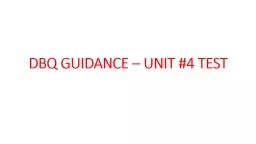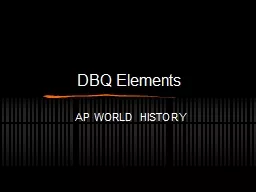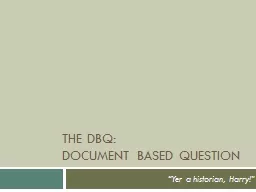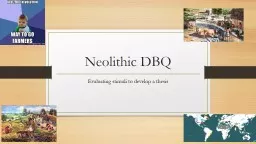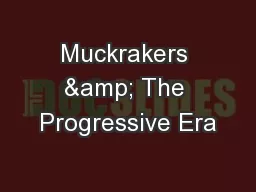PPT-DBQ GUIDANCE – UNIT #4 TEST
Author : reese | Published Date : 2021-12-20
DBQ Evaluate the extent to which religious responses to wealth accumulation in Eurasia in the period between 600BCE TO 1500CE DIFFERED from state govt responses
Presentation Embed Code
Download Presentation
Download Presentation The PPT/PDF document "DBQ GUIDANCE – UNIT #4 TEST" is the property of its rightful owner. Permission is granted to download and print the materials on this website for personal, non-commercial use only, and to display it on your personal computer provided you do not modify the materials and that you retain all copyright notices contained in the materials. By downloading content from our website, you accept the terms of this agreement.
DBQ GUIDANCE – UNIT #4 TEST: Transcript
Download Rules Of Document
"DBQ GUIDANCE – UNIT #4 TEST"The content belongs to its owner. You may download and print it for personal use, without modification, and keep all copyright notices. By downloading, you agree to these terms.
Related Documents

